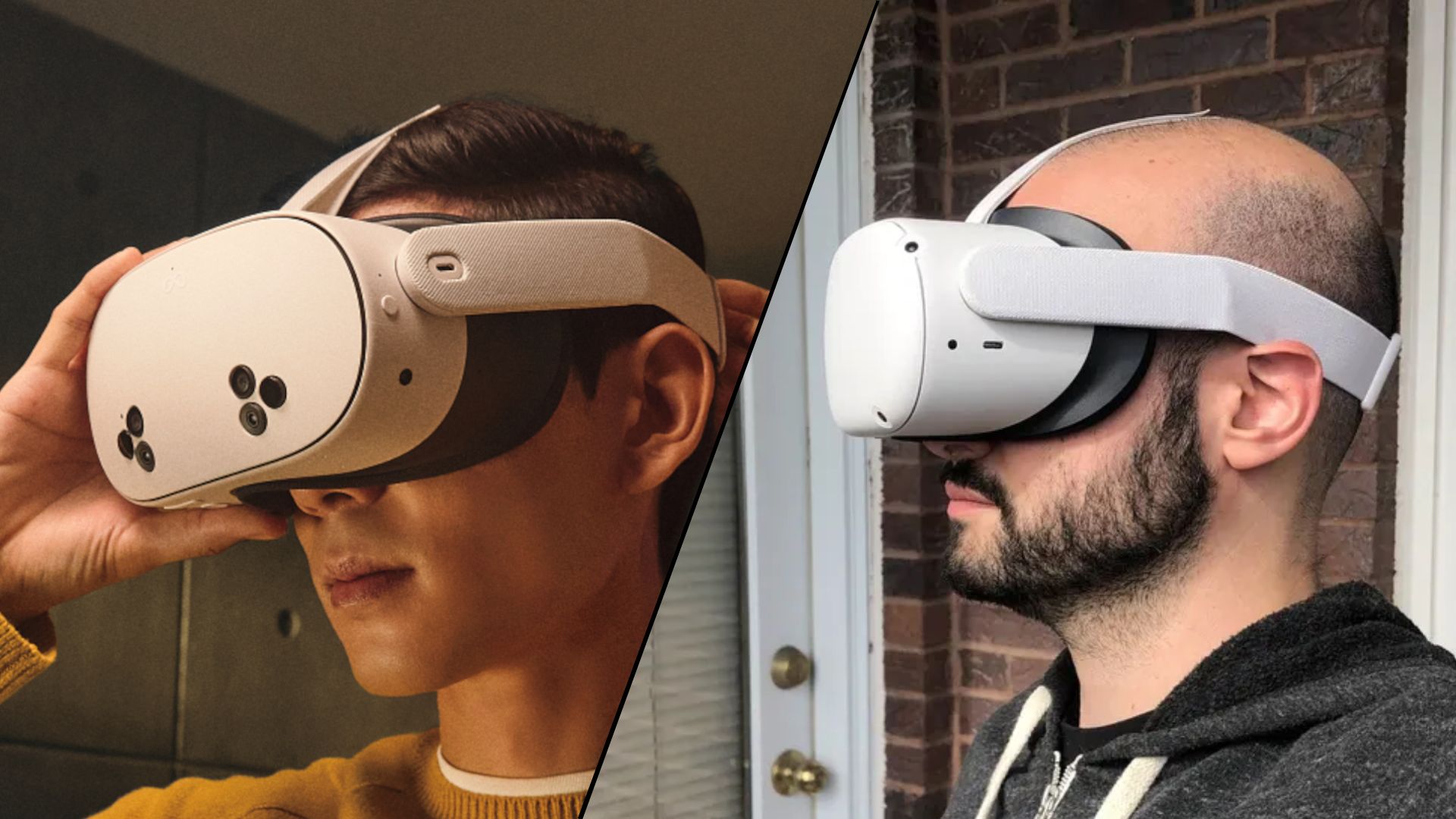
VR isn't as much of a buzzword as AI this year, but with new affordable headsets and a growing library of VR-compatible apps, it's a great time to get into VR.
Meta's Quest 2 headset earned top marks for being the best budget-friendly headset since its launch in 2020, but there's a new affordable headset in town. At Meta Connect 2024, the company debuted its new Meta Quest 3S headset, the cheaper alternative to the more powerful Quest 3.
But is it worth upgrading from your Quest 2 to the new Quest 3S? Or, if you're completely new to VR, is it worth paying an extra $100 to get the Quest 3S over the Quest 2? Let's dive in and find out.
Meta Quest 3S vs. Meta Quest 2: Specs
Meta Quest 3S vs. Meta Quest 2: Price and availability
On October 15, the Meta Quest 3S will replace the Quest 2 as the budget-friendly alternative to the higher-end Quest 3. It will start at $299, the same initial price as the Quest 2.
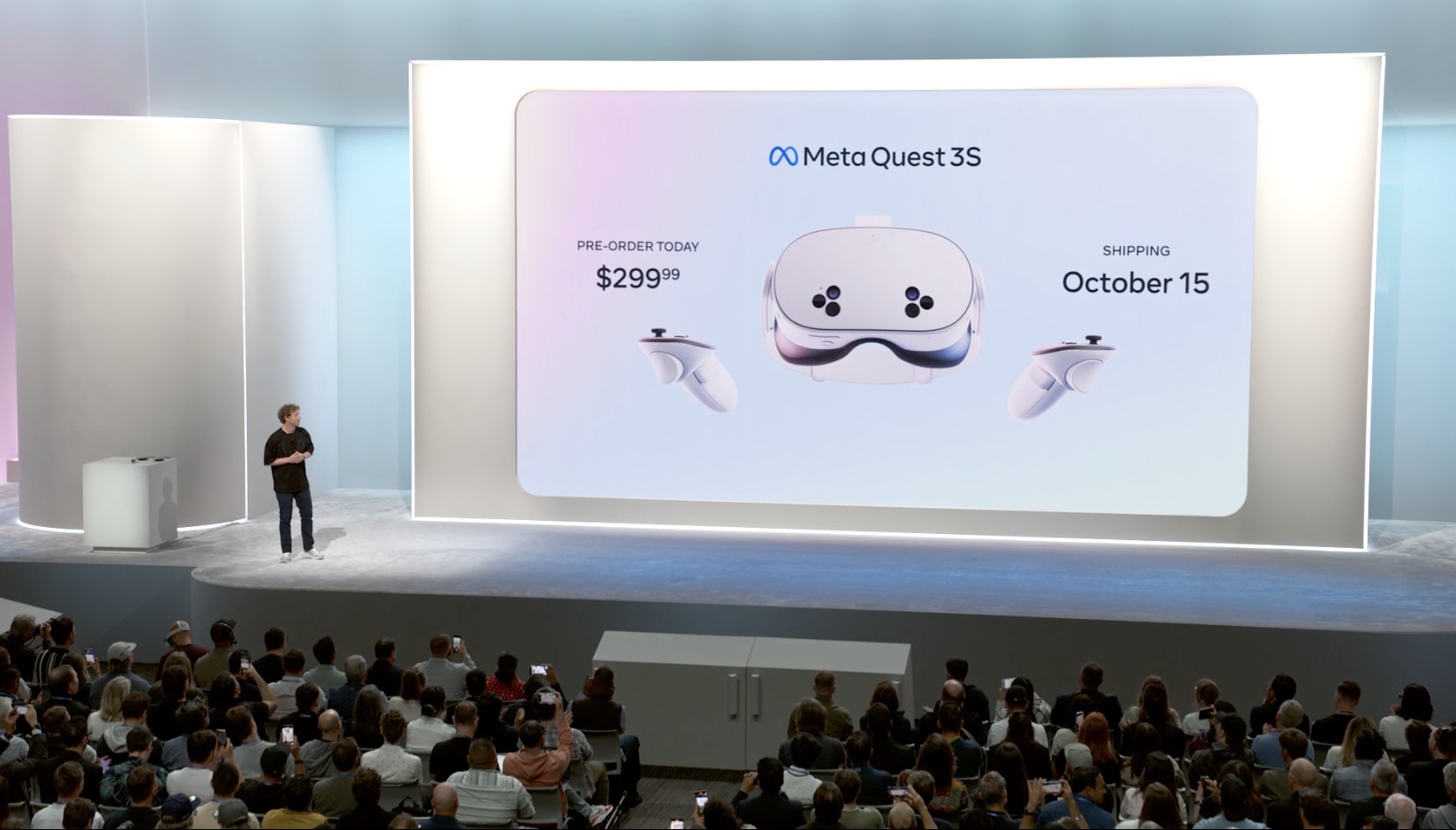
The $299 starting price includes the base 128GB model, while the larger 256GB model costs $399.
As of April 2024, the Quest 2's 128 GB model's starting price permanently dropped to $199, $100 lower than that of the Quest 3S. However, it's difficult to find a new Quest 2 model now since Meta was phasing them out to prepare for the Quest 3S launch.
It's also worth noting the Quest 2's tumultuous price history, just in case Meta plans to do something similar with the Quest 3S. The Quest 2 launched at $299, went up to $399 a year later, came back down to $299 the following year, and then received the permanent price drop a little less than a year after that.
Considering how much public outrage the Quest 2's price increase drew, it's not likely that Meta would chance a price increase again without adding new features.
Meta Quest 3S vs. Meta Quest 2: Design
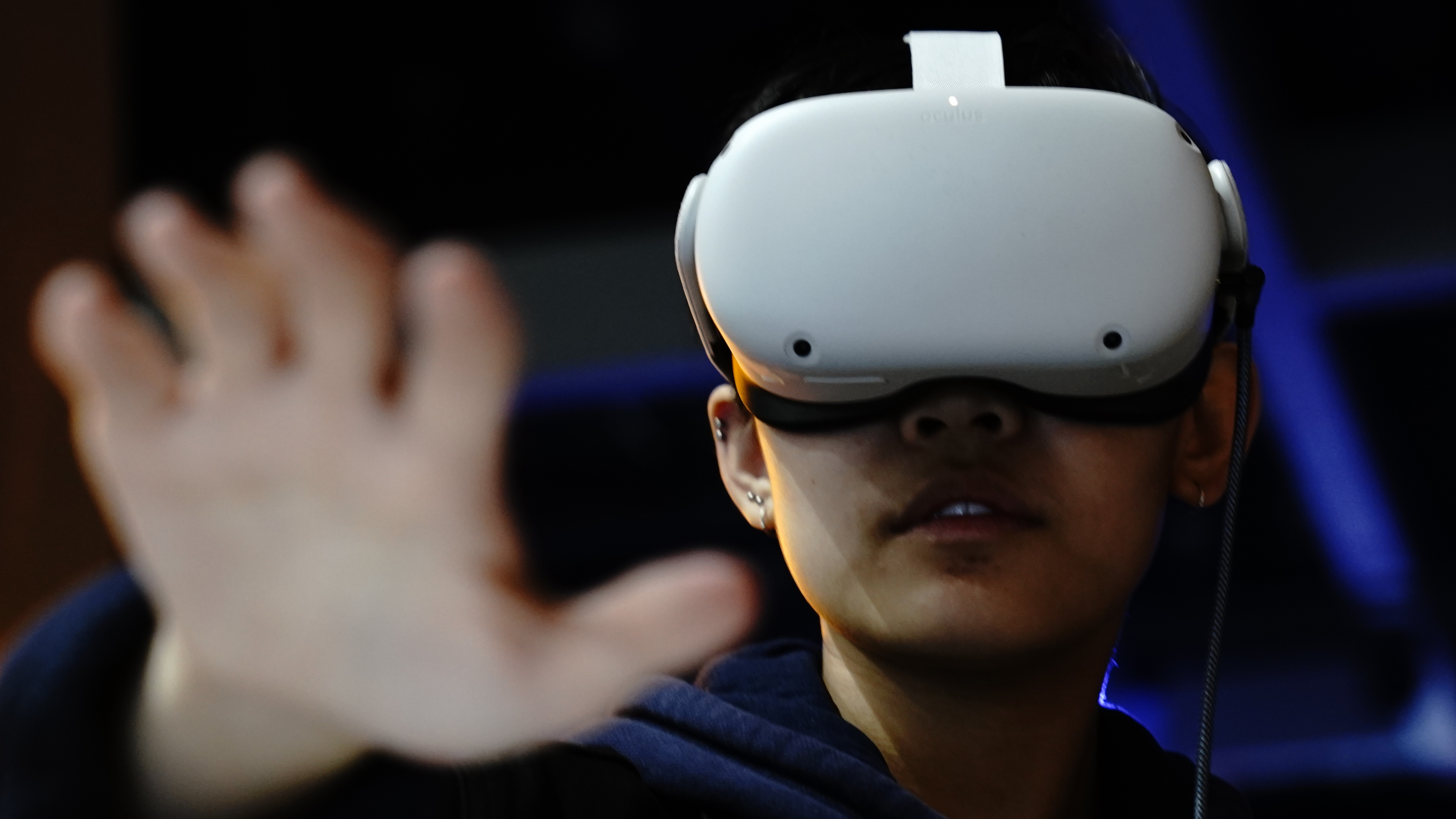
Meta's Quest 2 has a noticeably different design than the new Quest 3S. That's because the Quest 3 is equipped with a pre-installed Standard Facial Interface that adds tracking cameras and RGB passthrough cameras to the front.
The Quest 3S is almost imperceptibly larger and heavier than the Quest 2, just 11 grams or 0.4 ounces. Despite its larger size, it should be more comfortable to wear for long sessions than the Quest 2, thanks to some design improvements.
The Quest 3S ditches the Quest 2's coarse foam facial interface — or in other words, the headset's cushioning — in favor of a more comfortable fabric-woven interface. It also gains an improved head strap and a slightly more curved design that helps prevent wobbling during play.
Meta's new headset will be a more obvious choice for those who wear glasses, thanks to a four-step spacer mechanism that creates more space between the lenses and the wearer's face. The Quest 2 also has a spacer insert, but it doesn't create nearly as much space.
Lastly, the Quest 3S features two built-in speakers at the temple that are designed to deliver immersive 3D audio with 40% extra volume. The Quest 2, on the other hand, only features one speaker per temple.
Meta Quest 3S vs. Meta Quest 2: Display and optics
Meta's Quest 3S features an almost identical display setup compared to the Quest 2. The only small exception is that the Quest 3S offers a 96° horizontal field-of-view (FOV), whereas the Quest 2 only offers a 90° horizontal FOV.
Otherwise, the two headsets share the same fresnel lenses and single LCD displays with 1832 x 1920-pixel resolution and 120Hz max refresh rate.
Meta Quest 3S vs. Meta Quest 2: Controllers and tracking
Just like the Quest 3, the Quest 3S features new front-forward locations for its sensors. Within its two lens arrays, you'll find 6DoF IR tracking sensors and 4MP (18PPD) lenses for RGB color passthrough. There are also two "Canyon" IR tracking sensors along the sides of the headset.
Alternatively, the Quest 2 isn't capable of RGB passthrough. In simple terms, this means that when you're viewing the physical world, not the virtual world in your headset, you can't see it in color. Instead, it'll show up in greyscale.
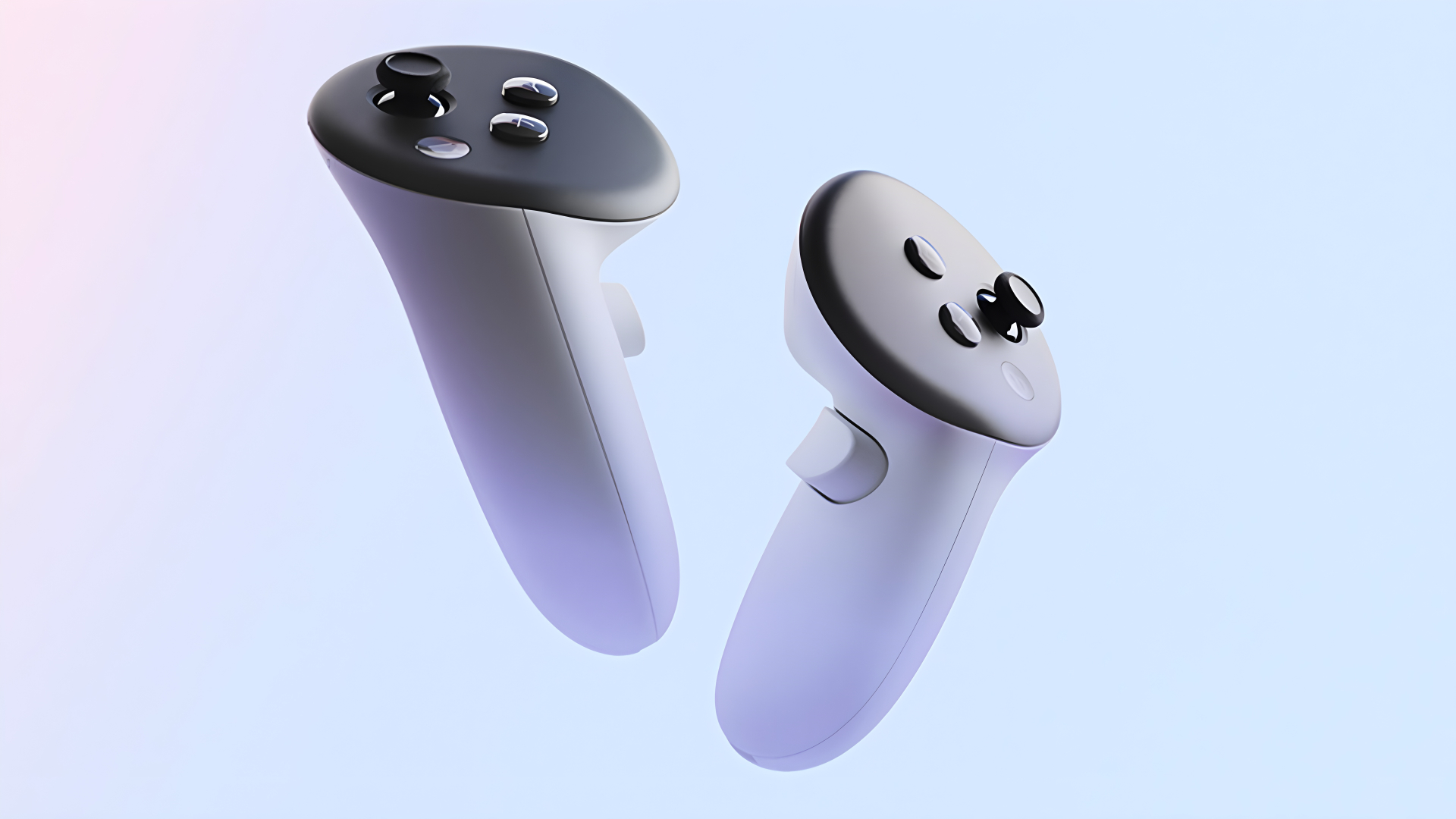
The Quest 2 can also track movement, but it's IR-based tracking by the headset. The Quest 3S's controllers use a hybrid tracking method of using computer vision and machine learning.
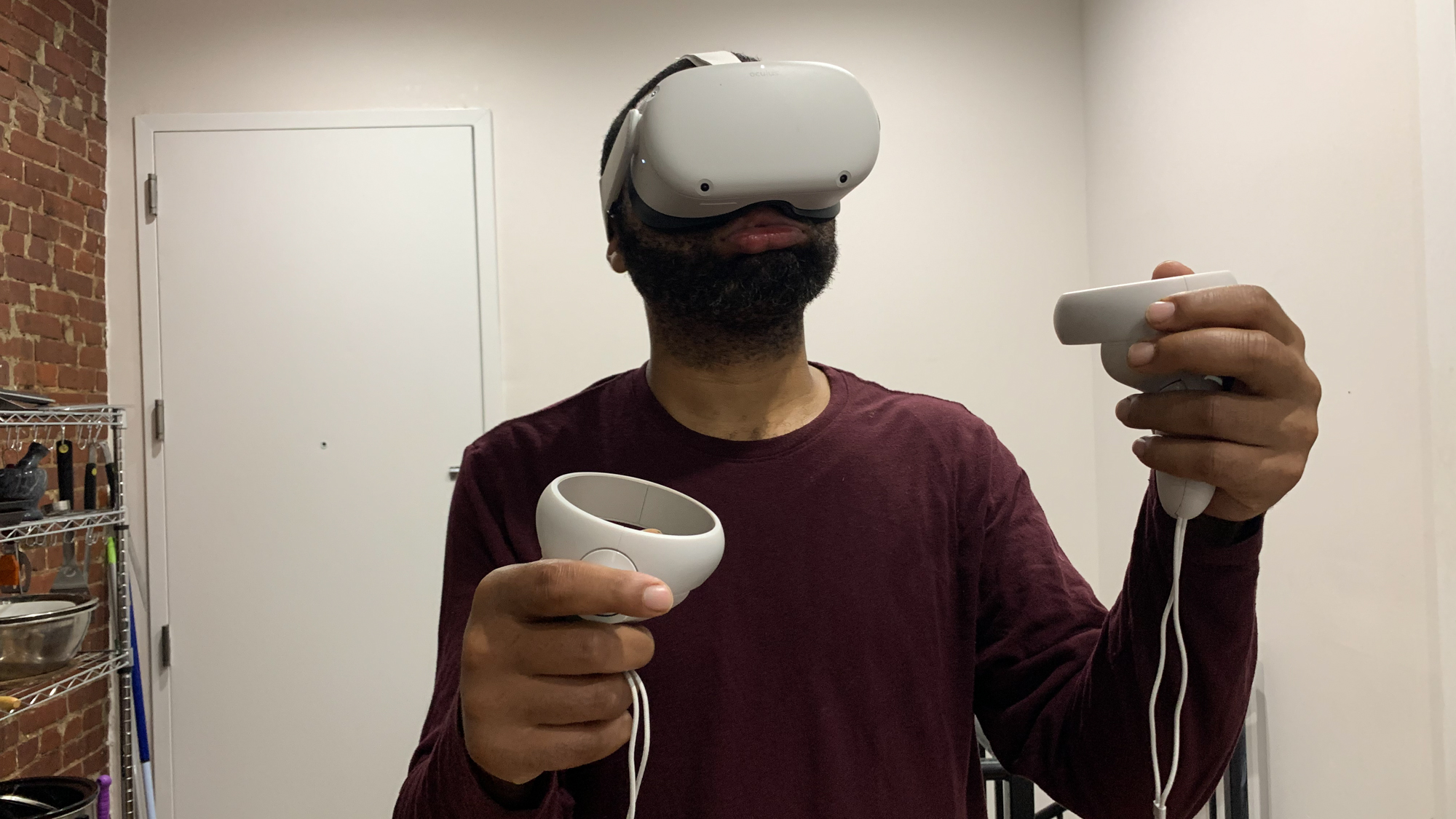
The standard Quest Touch controllers that come with the Quest 2 offer basic haptic feedback, while the Quest 3S's upgraded, ergonomic Quest Touch Plus controllers feature TruTouch variable haptics.
That said, both the Quest 2 and the Quest 3S are compatible with Meta's top-of-the-line Touch Pro controllers.
Meta Quest 3S vs. Meta Quest 2: Performance and battery life

Here's where you'll see the biggest differences between the older Quest 2 and Meta's new Quest 3S.
The Quest 2 is equipped with Qualcomm's Gen 1 Snapdragon XR2 CPU and Adreno 650 GPU, whereas the Quest 3S features an upgrade to the Gen 2 Snapdragon XR2 CPU and Adreno 740 GPU. On top of that improvement, the Quest 3S also gains an extra 2GB of RAM for a total of 8GB of RAM.
With more RAM and a stronger CPU/GPU combo, the Quest 3S is poised to offer stronger performance, whether you're watching a movie, hanging out in VRChat, or playing a demanding game. Most games and apps that are available for the Quest 3S will also be available on the Quest 2, but they will be at a performance disadvantage.
To offset the Quest 3S's more power-hungry performance capabilities, Meta gave it a beefier 4,324 mAh battery. According to Meta, the headset can last up to 2.5 hours, with data "based on general usage."
Alternatively, Meta says the Quest 2's smaller 3,640mAh battery can only last up to 2 hours with "general usage."
Charging time for both headsets should be relatively similar at approximately 2 and a half hours.
Bottom line
With the Quest 2 quickly selling out of new stock at popular retailers, the Quest 3S is starting to look like the only viable option. And luckily, it's the better headset anyway.
Considering Meta tried to raise the Quest 2's price to $399 a year after launch, it's surprising that the company debuted the Quest 3S at the Quest 2's initial launch price of $299. But listen, we're not complaining.
Meta continues to make it an affordable option for more people to get into VR, and the Quest 3S is perhaps the best budget-friendly VR headset you can buy right now. If you're thinking of grabbing a Quest 3S once it officially launches on October 15, make sure you grab it before April 30, 2025 and you'll get Batman: Arkham Shadow for free.
If you have the budget, you may want to consider the Meta Quest 3 vs. Meta Quest 3S. While the Quest 3S looks like an outstanding entry to VR, there are advantages to the Quest 3, and you can often find it for under $450 as it celebrates its first year of availability.







